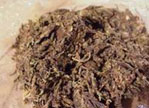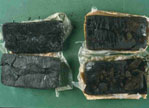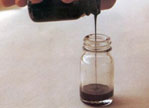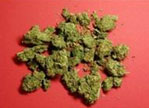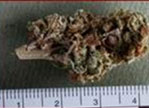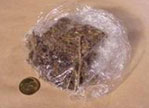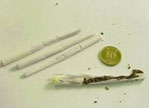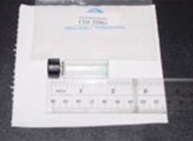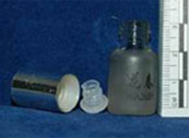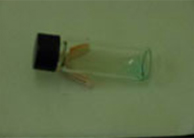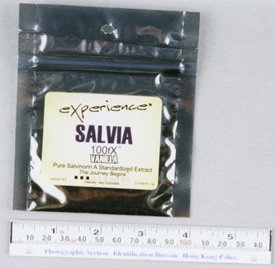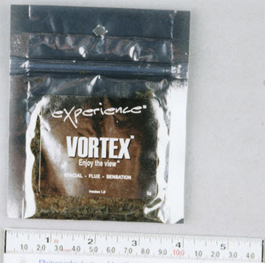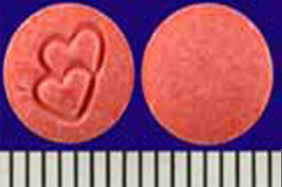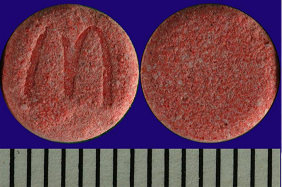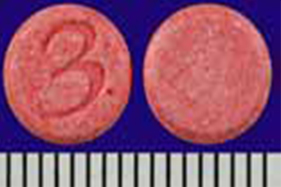|
Cannabis Sativa plants grow wild throughout most of the tropical and temperate zones of the world. The biologically active agent in the cannabis plant Tetra-hydro-cannibol is highly concentrated in the flowering tops. Herbal cannabis (below left) is produced by drying the leaves for several days. Dried cannabis can maintain its potency for several years. The active ingredient can be concentrated by extracting a sticky resin from the flowering tops and once dried, the resin forms into hard black-brown lumps (Below centre). Finally, the most potent form of cannabis is oil (Below right) which is produced by further refining cannabis resin.
Cannabis oil is rarely available. Both herbal and resinous cannabis are usually trafficked in small portions either contained in small zip lock bags or wrapped in plastic cling film. The most common means of consuming herbal and resinous cannabis is to smoke roll-up cigarettes. The cigarettes are made from commercially available papers and can be rolled either by hand or by means of a rolling machine. Cannabis produces fairly immediate intoxication and the effects can last from 1 to 4 hours depending upon dose and strength.
Effects :
Abusers will experience relaxed state, dilated pupils, hunger and more vivid senses of sight, smell, taste and touch after consumption. Increased talkativeness, mild hallucinations, clumsy and slow reactions. Long-term abusers commonly suffer endocrine disorder, conjunctivitis, bronchitis and smoking-related diseases. |
|
Tetrahydrocannabinol, commonly referred as THC, is a type of cannabinoid that could be extracted from cannabis plants or produced synthetically. It is controlled under the Dangerous Drugs Ordinance (DDO) (Cap. 134) and it is a dangerous drug. Products containing THC at any concentration are regarded as dangerous drugs and are regulated under DDO. Cannabidiol, commonly referred as CBD, comes from cannabis plants. From 1 February 2023, CBD has been listed as a dangerous drug under DDO. The following products were found to contain THC & CBD. Selling, possessing or consuming the products below or any products containing THC or CBD constitutes a criminal offence. 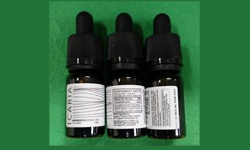 CBD oil Aphrodite (500MG) 10 ml 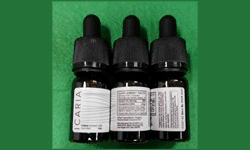 CBD oil THEIA (500MG) 10 ml 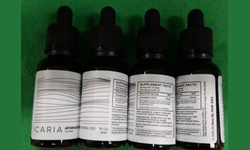 CBD oil Aphrodite (1500MG) 1 oz 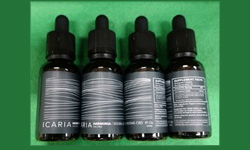 CBD oil Harmonia (3000MG) 1 oz 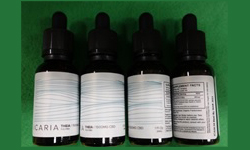 CBD oil THEIA (1500MG) 1 oz 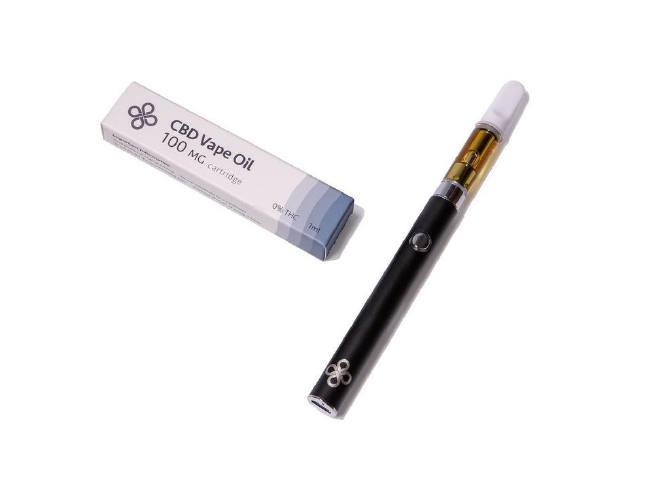 Olanda CBD Oil Cartridge 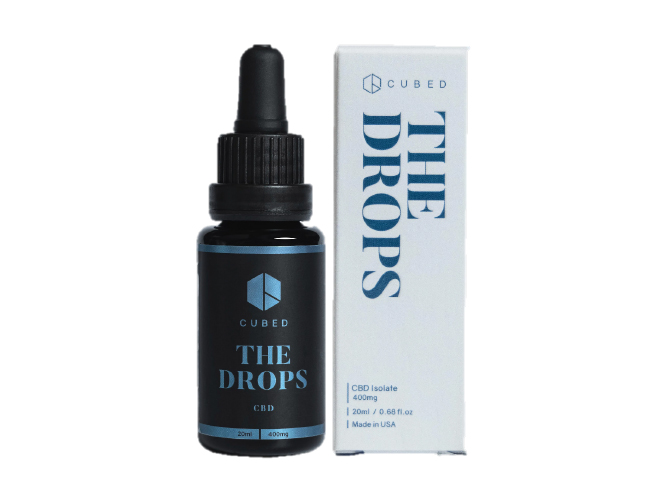 Cubed The Drops CBD Oil 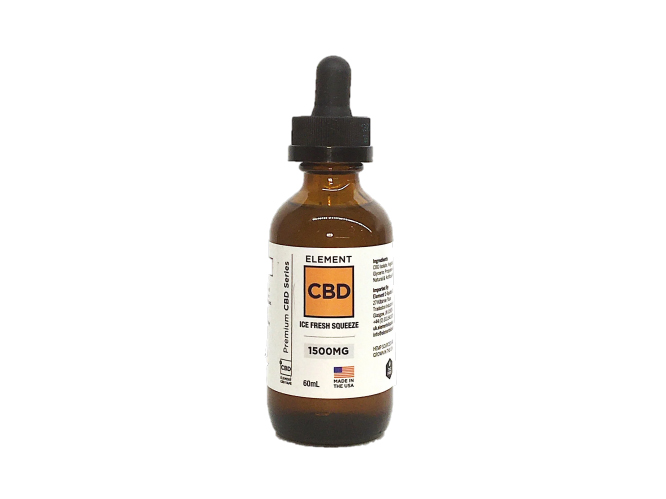 ELEMENT Premium CBD Oil 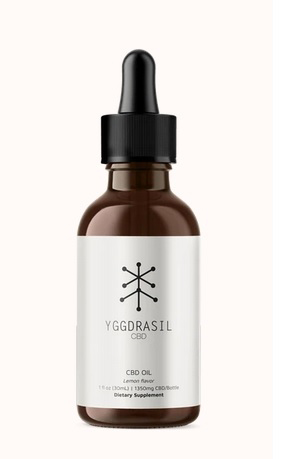 Yggdrasil CBD Oil 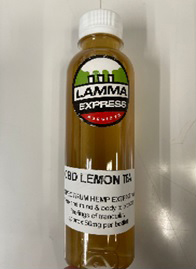 Lamma Express CBD Lemon Tea 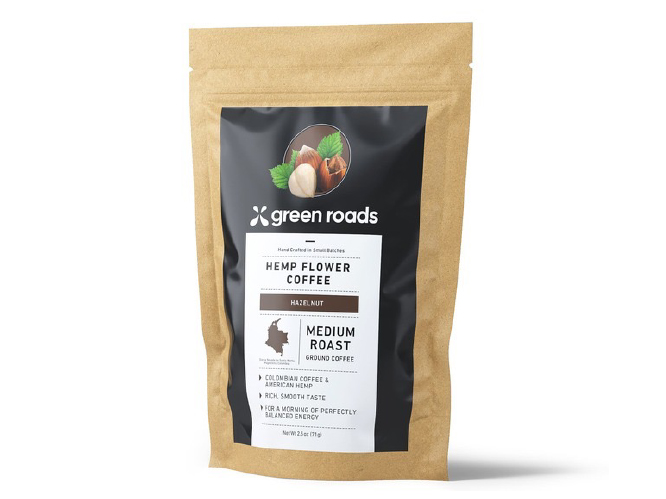 Green Roads Coffee Powder
Effects :
Abusers will experience relaxed state, dilated pupils, hunger and more vivid senses of sight, smell, taste and touch after consumption. Increased talkativeness, mild hallucinations, clumsy and slow reactions. Long-term abusers commonly suffer endocrine disorder, conjunctivitis, bronchitis and smoking-related diseases. |
|
Cathinone and its derivatives are usually used as recreational drugs for the stimulant effects. To conceal the real content, these drugs are usually sold as “research chemicals”, or packaged to contain innocuous compounds such as “plant food” or “bath salt”. The drugs are usually sniffed in, or taken orally or through other means. Mephedrone and other cathinone derivatives are controlled under the Dangerous Drugs Ordinance since 1 April 2011.
Effects :
Abusers may experience altered level of consciousness, memory problems, blood circulation problems, erratic behaviour, hallucinations and delusions. |
|
Cocaine is a white powdery drug
extracted from the leaves of coca plant. It is the
most
powerful naturally derived stimulant, which has
properties similar to that of amphetamine.
Currently,
illicit cocaine is distributed in two forms, namely
cocaine powder and crack
cocaine.
Effects :
Repeated snorting will severely damage the nasal mucous membrane. In general, abusers may experience hallucination, paranoia, aggressive behaviour, insomnia, loss of appetite, depression as well as high blood pressure, racing heartbeat and pupil dilation. Cardiac arrest, respiratory failure or other seizures may also occur in serious cases. |
 Crack Cocaine 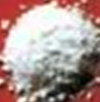 Cocaine Powder |
|
Commercially produced cough medicines contain varying amounts of the powerful narcotic cough suppressant Codeine. Small doses of codeine effectively relieve cough symptoms by interfering with the signals from the brain which trigger reflex coughing. Large doses produce a euphoric high and youths abuse cough medicine for this purpose. Abuse of Codeine can lead to addiction. Such cough medicines are controlled pursuant to the Pharmacy and Poisons Ordinance, Cap. 138.
Effects :
Cough Medicine abusers may suffer from drowsiness , respiratory depression , light-headedness , dry mouth , difficulty to urinate , constipation , and loss of appetite . Itchiness of the skin, nausea, vomiting and confusion are common side effects. |
|
Ecstasy is a synthetic psychoactive drug, which possesses stimulant and hallucinogenic properties. Widespread illicit use began overseas in the 1980's as MDMA abuse became associated with all-night dance parties called Raves. At Rave parties or Dance parties, ecstasy is taken in tablet or capsule form. Tablets can be any colour and usually have a design imprinted in the surface. Due to the close links between
ecstasy
abuse and dance music, tablets and capsules are
trafficked at entertainment venues. A Rave party
which
last many hours can result in ecstasy users being
over-active and thus suffering from extreme
dehydration,
heat exhaustion and in some cases heat stroke. 
|
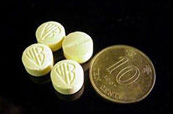
 |
|
Effects :
Heart rate increases , blood pressure rises and the user sweats, experiences chills and may hallucinate. It is common that users feel great energy and emotion and sensory distortion. As the user 'comes down' nausea, blurred vision, panic attacks; depression and paranoid thoughts can take over. In a few documented cases users have died as a result of dehydration and heat stroke. Frequent ecstasy use damages the brain and affects production of Seratonin, an important biochemical which controls sleep, learning, emotion, sex drive and pain sensitivity. Although levels in the body drop naturally throughout life, ecstasy use decreases serotonin levels prematurely and frequent users may suffer long-term depression, anxiety, memory loss and other neuropsychotic disorders in later life. |
|
|
GHB is normally found as colorless liquid but sometime in powder form. It has a slightly salty taste and it is highly soluble. GHB is a central nervous system suppressant and can relieve anxiety at low dose. As the dosage increases, its sedative effect may result in sleepiness and even coma or death. There are reports from overseas of GHB being surreptitiously slipped into drinks to facilitate sexual assaults. GHB was classified as a dangerous drug under Schedule I of the Dangerous Drugs Ordinance (Cap. 134) in October 2001. GBL is colourless liquid. It is commonly use as cleaning solvent or superglue remover but s sometimes also as a flavouring agent. When consumed in human, GBL is quickly converted to gamma-hydroxybutyric acid (GHB), which would produce effects similar alcohol. GBL was controlled under the Dangerous Drugs Ordinance since 14 July 2012.
Effects :
Abusers may experience vomiting, hypotonia, tremor, epilepsy, aggression, impaired judgement, coma, respiratory depression, hypothermia and bradycardia. |
|
|
Heroin is a highly addictive narcotic drug derived from morphine which in turn is derived from the latex of the opium poppy. Heroin consumed by Hong Kong addicts is manufactured from opium poppies grown in the Golden Triangle and the drug is produced in a high purity (up to 90%), consumption ready state. In Hong Kong, heroin is normally consumed by injection or burning on tinfoil and inhaling the fumes. Heroin acts fast via either of these methods, taking 7 seconds to reach the brain after smoking or 15-30 seconds if injected. |
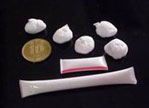 Heroin packed in a small pellet forms and plastic drinking straw 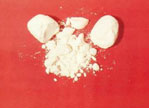 Heroin broken up into lumps or powder |
|
Effects :
Slowed and slurred speech , slow movement, constricted pupils, droopy eyelids, impaired night vision, sedation preceding comatose state and vomiting. Heroin rapidly causes addiction, impairs the immune system, causes dry, itchy skin, constipation, reduced appetite, irregular heartbeat and blood pressure, menstrual irregularity and decreased sex drive. Repeated injection at the same site causes veins to collapse and septic infection of needle wounds is common. Death can occur from overdoses and diseases such as AIDS can be acquired from sharing needles. |
|
|
Ketamine Hydrochloride is a
commercially produced general anaesthetic used
mainly
for sedating large animals. It is produced as an
injectable clear colourless liquid which through
evaporation can be converted to a white crystalline
powder similar to cocaine hydrochloride. Abusers may
experience an "out of body" or "near death"
feeling.
Effects :
Abusers may suffer from delirium, impaired memory, impaired motor function, respiratory / heart problems / dependence after long-term consumption. |
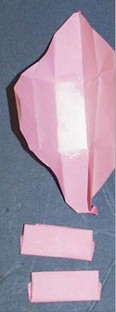
 Paper wrap-typical packaging for Ketamine |
|
Some medicinal tablets that are only available with a doctor's prescription are misused or obtained illegally. Often it is tablets used to treat anxiety and induce sleep and those for treating sexual dysfunction. |
|
Methamphetamine is a synthetic amphetamine or stimulant, produced in pill, powder, liquid or crystal form. The crystal form resembles ice, hence the slang name for the drug (ice). Ice is almost pure and therefore produces an intense sensation for the user. Ice is sold in small portions varying from a fraction of a gram to several grams and is often packaged in small ziplock bags.
Effects :
After Consumption : Increased breathing rate, heartbeat & body temperature, impaired speech, dilated pupils, dry itchy skin, loss of appetite, insomnia, nervousness, false sense of confidence/power. Violent behaviour, hyperactivity, tremors and paranoia can result from large doses. Comedown can involve severe depression. Long term : Addiction. Chronic abuse produces psychosis similar to schizophrenia, causing picking at skin, self absorption, hallucinations and days or weeks without sleep. Kidney and lung disorders can affect users. |
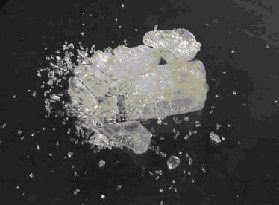
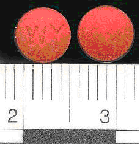 Methamphetamine pills |
|
Salvia divinorum (containing active psychoactive molecule salvinorin-A) is an herbal plant originating in Mexico. It is often consumed by inhaling fumes generated from burning the leaves in a tube, or chewing. Smoking for one minute can lead to hallucinations of about 15-20 minutes; and chewing 2-5 grams of its dried leaves or 10-30 grams of its fresh leaves would produce extended hallucination of low to medium potency. Salvia divinorum and salvinorin-A are controlled under the Dangerous Drugs Ordinance since 14 July 2012.
Effects :
Abusers may experience uncoordinated bodily movements, vertigo and slurred speech. |
|
|
Synthetic cannabinoids are functionally similar to tetrahydrocannabinol (THC) - the active ingredients of cannabis. The harmful effects, propensity for misuse and addictive potency of synthetic cannabinoids are comparable with those of cannabis. The form of synthetic cannabinoids has been evolving around the world. Several types of generic definitions of synthetic cannabinoids and listed substances are controlled under the Dangerous Drugs Ordinance (DDO) since 1 April 2011.
Effects :
Abusers may experience hallucination, increased agitation, elevated blood pressure and heart rates, and seizures. |
|
TFMPP is a piperazine-based drug, which is used as recreational drug for its stimulant effects. TFMPP and other piperazine derivatives are controlled under the Dangerous Drugs Ordinance since 1 April 2011.
Effects :
Abusers may experience vomiting, headache, palpitations, anxiety, insomnia, confusion irritability and tremors, and grand mal seizures (痙攣性癲癇). |
|
|
Etomidate is a drug used for anesthesia and sedation. It is a class of intravenous anesthetics and is commonly used to induce and maintain anesthesia during surgery and other medical procedures requiring sedation. Etomidate produces a sedative, hypnotic and relaxing effect by acting on the central nervous system and may therefore be addictive. Etomidate is commonly mixed into e-cigarettes oils and sold illegally as e-cigarettes or disposable e-cigarettes.
Effects :
Etomidate can cause a number of adverse reactions including decreased blood pressure and muscle twitching. Etomidate may also inhibit the production of certain hormones in the adrenal glands. Etomidate may also cause nausea, vomiting, headache, muscle pain, and localized injection site pain. An overdose of Etomidate may cause tremors, dizziness, unsteadiness, and falling over, or hallucinations, irritability, and other symptoms, affecting mood, thinking, and behavior, and causing irreversible damage to brain nerves, as well as respiratory arrest, bronchospasm, and other problems. |
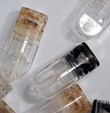 Common Etomidate e-cigarettes cartridge  Etomidate disposable vape pen |
